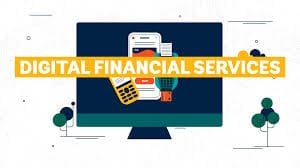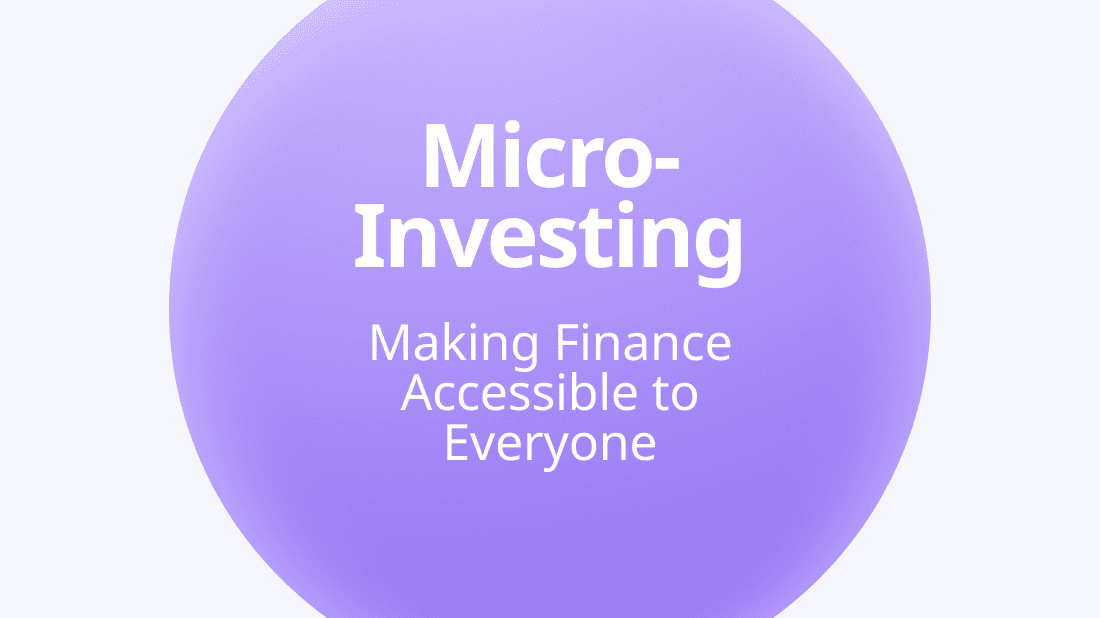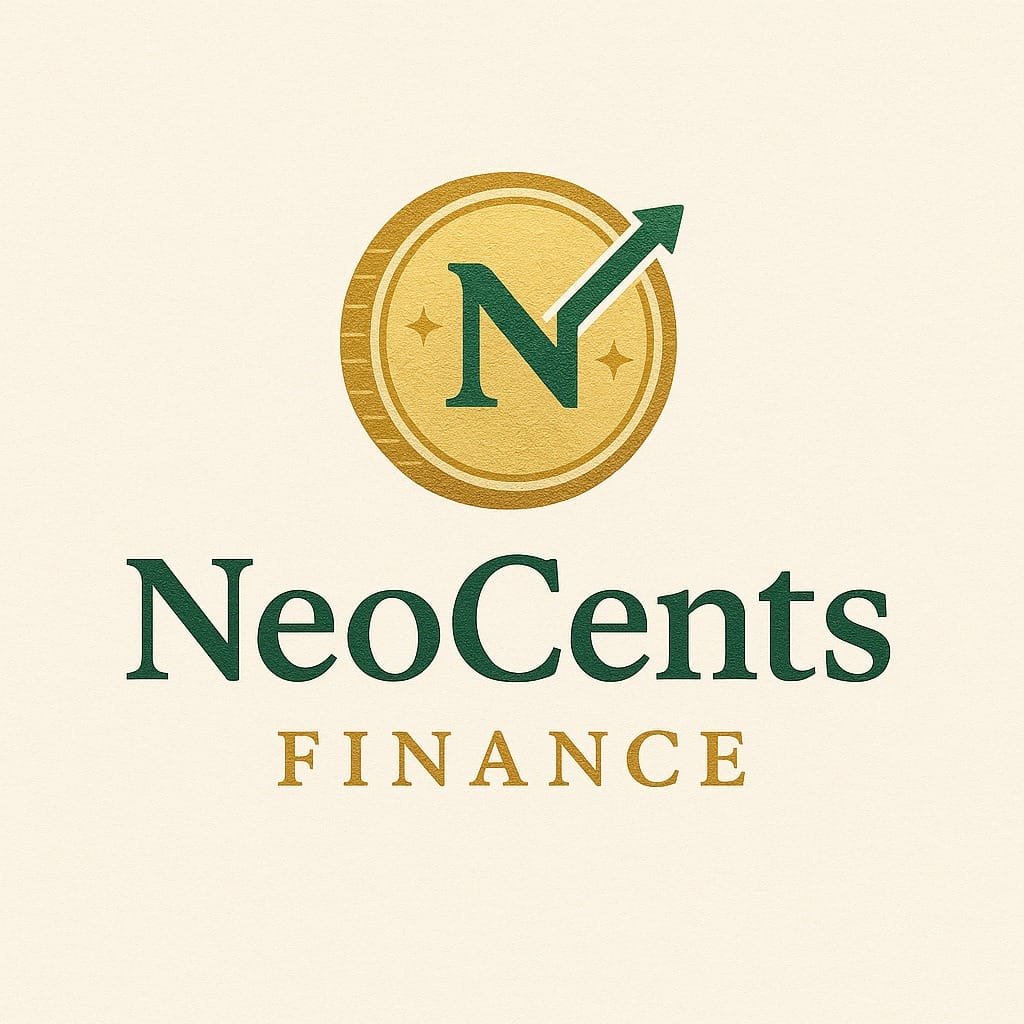For decades, traditional finance ruled the way we saved, spent, and invested our money. Physical banks, paper checks, and in-person consultations were the norm. But in today’s rapidly evolving world, the landscape is shifting and fast. From mobile banking to cryptocurrency, the financial world is experiencing a digital revolution. Whether you’re an individual or a business owner, transitioning from traditional to digital finance is no longer optional, it’s essential.
But where do you begin? How can you shift without sacrificing security, convenience, or control? In this article, we’ll explore the why, how, and what of digital finance with actionable steps, real-world examples, and critical insights to help you make the move with confidence.
Understanding Traditional vs. Digital Finance
What is Traditional Finance?
Traditional finance refers to brick-and-mortar banking systems, paper-based transactions, and physical currency. This includes:
- Visiting banks to make deposits or withdrawals
- Writing checks
- Relying on in-person meetings with financial advisors
- Physical paperwork for loans and investments
What is Digital Finance?
Digital finance uses technology-based platforms to deliver financial services and manage money. This includes:
- Online and mobile banking
- Digital wallets (Apple Pay, Google Pay)
- Robo-advisors
- Peer-to-peer lending
- Blockchain and cryptocurrencies
The main distinction? Digital finance is faster, more accessible, and typically more cost-effective, offering real-time services from the comfort of your device.
Why Transitioning Matters in 2025
Here’s why digital finance is more relevant than ever in the U.S.:
- Convenience: No waiting in lines or business hours. Access services 24/7 from your phone.
- Speed: Transfer money, make payments, or invest in seconds.
- Lower Costs: Digital-first platforms often have fewer fees than traditional banks.
- Better Tools: Access budgeting apps, credit monitoring, and automated investing.
- Global Access: Send or receive funds internationally with reduced friction.
In a 2024 survey by Statista, 76% of U.S. consumers reported using digital banking as their primary method for managing money, up from just 58% in 2018.
Key Impacts of the Digital Finance Transition
- Banking Becomes More Personal
Digital finance empowers users to customize how they interact with their money. Apps like Chime or SoFi offer tailored savings tips, early paycheck access, and even credit-building tools.
- Investing is Democratized
Platforms like Robinhood, Fidelity, and Acorns have removed entry barriers. Users can now start investing with as little as $5 and gain access to real-time market insights.
- Traditional Jobs Evolve
As automation replaces manual processes, jobs in finance are becoming more tech-driven. Financial advisors now leverage AI tools and data analytics to guide clients.
- Cash Usage Declines
According to the Federal Reserve, cash transactions in the U.S. dropped below 20% of all payments by 2023. Digital wallets, crypto, and contactless cards have become the norm.
Step-by-Step Guide to Transition from Traditional to Digital Finance
Step 1: Evaluate Your Current Financial Setup
Start with a personal audit:
- Do you still rely on physical bank visits?
- Are your bills paid with checks?
- Do you lack access to online statements or digital records?
Understanding where you are now helps set the path forward.
Tip: List all financial tools you use and mark which ones are digital. This will highlight gaps and opportunities.
Step 2: Choose a Digital Bank or Online Platform
While many traditional banks offer mobile apps, digital-native banks like:
- Chime
- Ally
- Varo
- SoFi
…offer better integration, fewer fees, and smarter features.
Key features to look for:
- FDIC insurance
- 24/7 customer service
- Mobile check deposits
- Zero or low-fee structures
- Budgeting and savings tools
Real-World Example: A freelance designer in Austin switched from a legacy bank to SoFi and saved $120/month in banking fees while gaining access to higher interest savings accounts.
Step 3: Set Up a Digital Wallet
Digital wallets make it easy to go cashless. Leading options in the U.S. include:
- Apple Pay
- Google Pay
- PayPal
- Venmo
- Cash App
Connect these wallets to your new digital bank account or credit card. This allows you to:
- Make contactless payments
- Send money to friends or businesses
- Pay subscriptions with one tap
Pro Tip: Enable biometric verification and transaction alerts for added security.
Step 4: Automate Your Finances
Automation is a game-changer for busy individuals.
- Bill Payments: Set up recurring payments for rent, loans, and utilities.
- Savings: Use tools like Qapital or Digit that automatically move money into savings based on your behavior.
- Investments: Use robo-advisors like Wealthfront or Betterment to auto-invest your money based on your risk tolerance.
Example: A family in Chicago used Digit to automate savings and reached a $5,000 emergency fund goal in under 12 months without noticing the deductions.
Step 5: Transition to Digital Budgeting Tools
Move from pen-and-paper budgeting to intelligent apps:
- Mint: Tracks expenses and budgets by category.
- YNAB (You Need A Budget): Helps you plan where every dollar goes.
- Personal Capital: Combines budgeting with wealth management.
These tools offer visibility into spending habits and help you stay on track with financial goals.
Step 6: Learn About and Integrate Digital Investments
Start Small:
- Open an IRA or Roth IRA with digital brokers like Fidelity or Vanguard
- Try fractional shares with Robinhood or M1 Finance
- Explore ETFs and socially responsible investing (SRI)
Advanced Options:
- Use platforms like Coinbase to explore cryptocurrencies
- Try peer-to-peer lending via LendingClub or Prosper
Caution: Always research platforms for legitimacy and read reviews before committing funds.
Step 7: Secure Your Digital Financial Life
Security Tips:
- Use strong, unique passwords
- Enable two-factor authentication (2FA)
- Keep your device software updated
- Regularly review transaction histories
Consider using a password manager (e.g., LastPass, Bitwarden) to manage your logins securely.
Real-World Examples of Successful Transitions
Case Study 1: Small Business Goes Digital
A boutique retailer in Portland transitioned from cash registers and manual ledgers to Square POS, QuickBooks Online, and Shopify. The switch reduced accounting errors by 60% and doubled online sales.
Case Study 2: Retiree Embraces Digital Banking
A 68-year-old retired teacher in Florida shifted from physical banking to using Ally Bank for savings, Mint for budgeting, and Zelle for payments to family. She now manages her entire financial life from her iPad.
Case Study 3: Millennials Invest Smart
A 29-year-old software engineer in San Francisco transitioned from saving in a traditional savings account to automating monthly deposits into a Wealthfront Roth IRA. Over 3 years, her portfolio grew by 22%, outpacing inflation and increasing her financial security.
Common Challenges and How to Overcome Them
- Fear of Technology
Solution: Start with basic tasks like checking your balance online. Use tutorial videos or customer support to guide you.
- Security Concerns
Solution: Stick to FDIC-insured banks and FINRA-regulated brokers. Use multi-layer authentication and avoid public Wi-Fi for transactions.
- Too Many Choices
Solution: Choose platforms with a strong reputation, U.S.-based support, and clear fee structures. Read reviews from credible sources like NerdWallet, Forbes, or Investopedia.
The Future of Finance is Digital
Here’s what we can expect in the coming years:
- AI-powered financial advisors offering real-time insights
- Open banking allowing data-sharing between banks and apps
- Blockchain-based banking that increases transparency
- Voice-activated transactions through smart devices
- Personalized financial products using predictive analytics
Conclusion
Transitioning from traditional to digital finance isn’t just a trend, it’s a necessary evolution for anyone wanting more control, security, and convenience in their financial life. By taking small, deliberate steps, starting with digital banking, mobile wallets, and automation, you can unlock a smarter way to save, spend, and grow your wealth.
Whether you’re a digital novice or a tech-savvy user, embracing this change now puts you in a stronger position to thrive in the modern financial ecosystem. Remember, the sooner you adapt, the more benefits you’ll reap.








